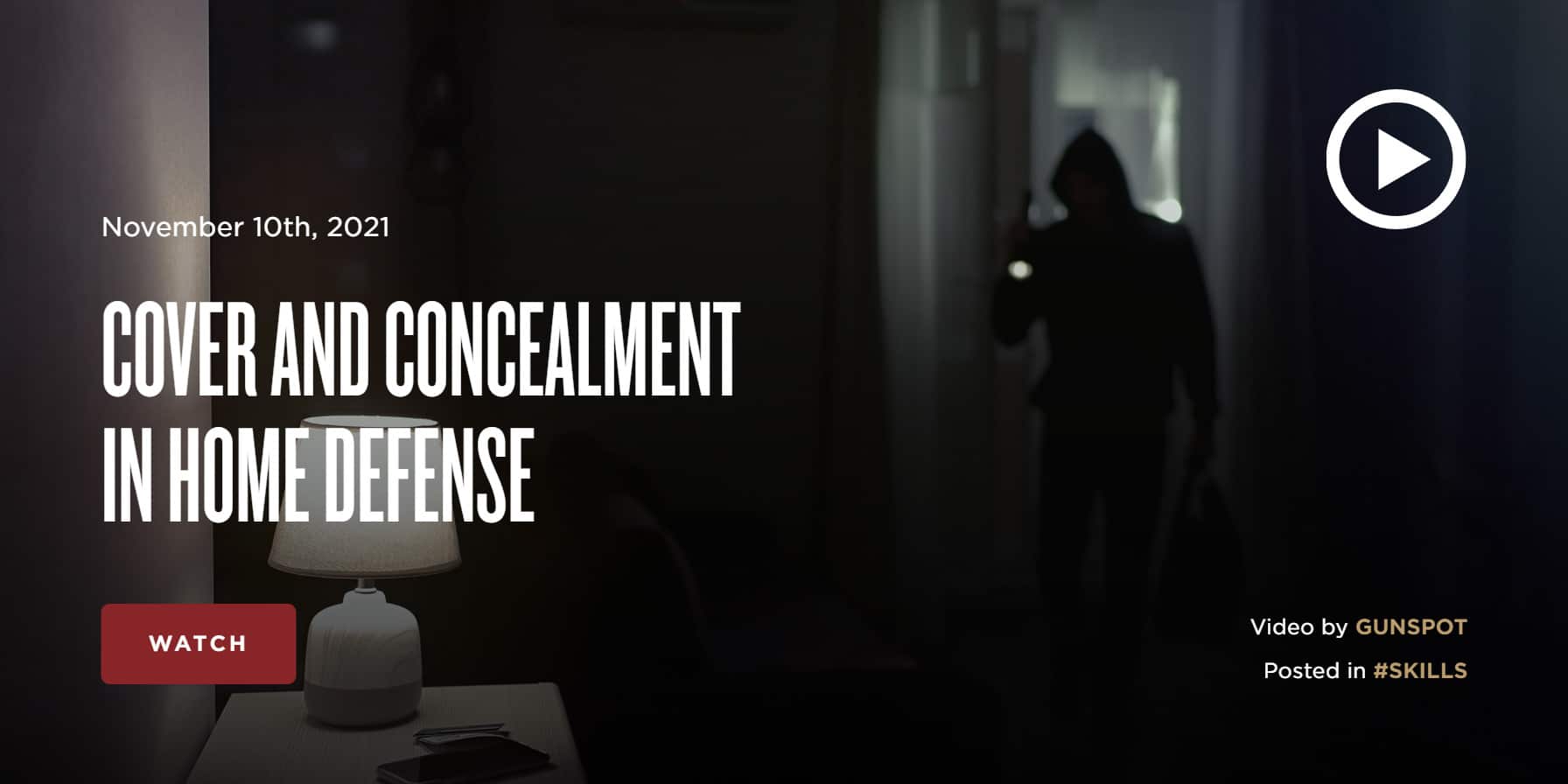Hello all, here is today's article posted on TheArmoryLife.com. It is titled "Cover and Concealment in Home Defense" and can be found at https://www.thearmorylife.com/cover-and-concealment-in-home-defense/.



Replacing the manufacturer-supplied/installed short (1"?) brass wood screws in hinges, striker plates, etc, with long deck screws, is a good start.I like that the video wakes people up to the fact that most things in their home will not stop bullets. How many times have we seen heroes in movies use a table or a couch as cover from an army of machine gun wielding bad guys? Reality check, please!
A greater issue, in my view, is the frailty of most standard door construction. Almost everyone should take steps to reinforce the strength of their door frames, to prevent easy forced entry, thus giving you time to perceive the threat and prepare for defense before they get in, if they get through. If they kick through your door in one or two tries, they can be in before you know you even need your gun. Neither cover nor concealment will be much help then.
Along with double dead bolts on all exterior doors. Lock your door to the garage. Hacking a garage door code is easier than you think.Replacing the manufacturer-supplied/installed short (1"?) brass wood screws in hinges, striker plates, etc, with long deck screws, is a good start.
Although the article and overall purpose of what was being discussed was good the video not so much, did he really need to have a AR Style rifle slung over his body while he talked about things that unless he’s a home builder or general contractor “which I doubt” he knows very little about. He was correct about homes built before the…. I’ll say the 60’s homes were built with unfinished lumber, by definition a 2X4 measured 2X4 and if your talking a home built in the very early 1900 hundreds or older this wood is for a lack of a better term (petrified) rock hard and not usually pine or other soft woods. And then that column he fixated on, most likely not hollow especially being in the area of a stair case. He also failed to discuss the current application of what is used in large majority of newer homes and that is laminated woods and when that wood is used in support columns it can a formidable barrier because of the nature of how it’s made. Yes current/modern firearm ammunition can be devastating due to design and many homes are not built with the thought of future home invasion l feel the video missed a lot of important factors when it comes to barrier use.
My opinion.
